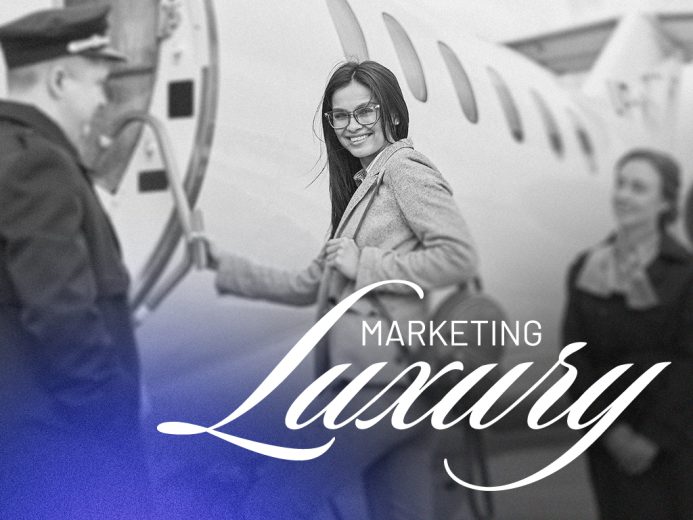MARKETING LUXURY TRAVEL BRANDS HAS A LOT IN COMMON WITH MARKETING LUXURY CONSUMER GOODS
BY BRIAN COUCH | MARCH 6, 2023
Soho Experiential has nearly two decades of experience marketing luxury goods with a focus in wine/spirits. The agency’s learning has proven useful in other verticals within the world of luxury over the years as well. Below are some of the most important considerations a luxury brand should have when deciding how to deploy experiential marketing.
Attracting affluent clients is the lifeblood of every luxury brand, whether it is a consumer good, or a travel experience. The most successful brands provide not only the best products, services, and experiences that money can buy, they go out of their way to demonstrate that a customer has purchased a “treasured experience,” so that in addition to the quality of the brand itself, customers feel a sense of appreciation, recognition and pride from their choice.
Many luxury brands have personal histories that demonstrate company values and craftsmanship, giving customers a sense of connection to the people and time periods in which they were created. From Celine’s iconic luggage that defined modern-day travel to Louis Vuitton’s innovative trunks that revolutionized 19th century packing, each luxury brand has its own unique backstory and a place in history worth celebrating.
All this extra charm makes shopping for costly items and services much more enjoyable and rewarding – customers can purchase these beautiful pieces and luxe experiences, knowing they are high quality, and also feeling as though they are part of something remarkable. This brand history provides purchasers defensible rationale for making the “extra investment.”
Helping Brands Have a Social Life
When considering event ideas, brands should look at how to bring their history to life in modern ways that encourages easy social sharing. This allows consumers to retell the brand story to their social circle and in effect, become brand ambassadors. This spontaneous, genuine sharing is the best endorsement a brand can get.
So How Can We Market Luxury?
First, we must define what it is about luxury purchases that make them so appealing. In this case, it is relatively straight forward; both industries focus on creating a value proposition that is exclusive, aspirational, and indulgent.
Next, we need to focus on determining how we can tap into this appeal and sell something inherently more expensive. Here are a few tips on how Soho goes about it:
- Play up the exclusivity factor; being singular will automatically add social currency to what you are doing.
- Focus on the journey, not just the destination.
- Make it personal; be prepared to offer customization and bespoke options.
- Use attractive visuals to convey the luxuriousness of your product or service.
- Focus on the details, every consumer touchpoint down to the smallest detail matters.
- Create a sense of urgency – experiences by their nature are fungible, use this to your advantage.
Show Your Customer They’re Valued
Luxury goods and travel experiences give customers the chance to enjoy a high-level of customer service that often comes alongside these purchases. This enhanced customer service goes a long way towards making people feel well taken care of – something everyone appreciates in today’s hectic travel environment. Custom travel arrangements, private airport pickups, and personal concierge staff can really elevate an experience from just luxurious to truly lavish. So, when it comes to planning an experiential marketing program for luxury items and services, take some time to consider how best to incorporate and reflect that great customer care that is part of the brand’s package.
When consumers interact with a luxury brand for the first time, they will be taking mental notes from the moment they are first engaged until they receive your last, hand-written thank you note. Everything needs to meet the high standards that your consumers demand from your brand.
Small details and “surprise & delight” moments matter to these clients. For example, Tiffany & Company has a great practice of sending a small thank you gift and a handwritten card from the salesperson after a purchase which is a great way to build momentum towards the next sale.
Bringing Your Brand Experience to Life
One of the most important aspects of activating an event for your brand is the staff working the event, and the level of training being administered. Soho follows a multistep process to ensure staff are properly cast for the activation. Once casting is complete, the staff go through online training, testing on the material, as well in-person training that empowers them to take features and benefits, and make them both personal and conversational. Excellent upfront training allows our staff to deliver at the highest levels on behalf of our clients.
When using experiential marketing to bring these brands to life it is important to keep these pillars of luxury top of mind. The goal must be to reinforce brand standing with current customers while inspiring new ones to the seek the absolute best – your brand.
